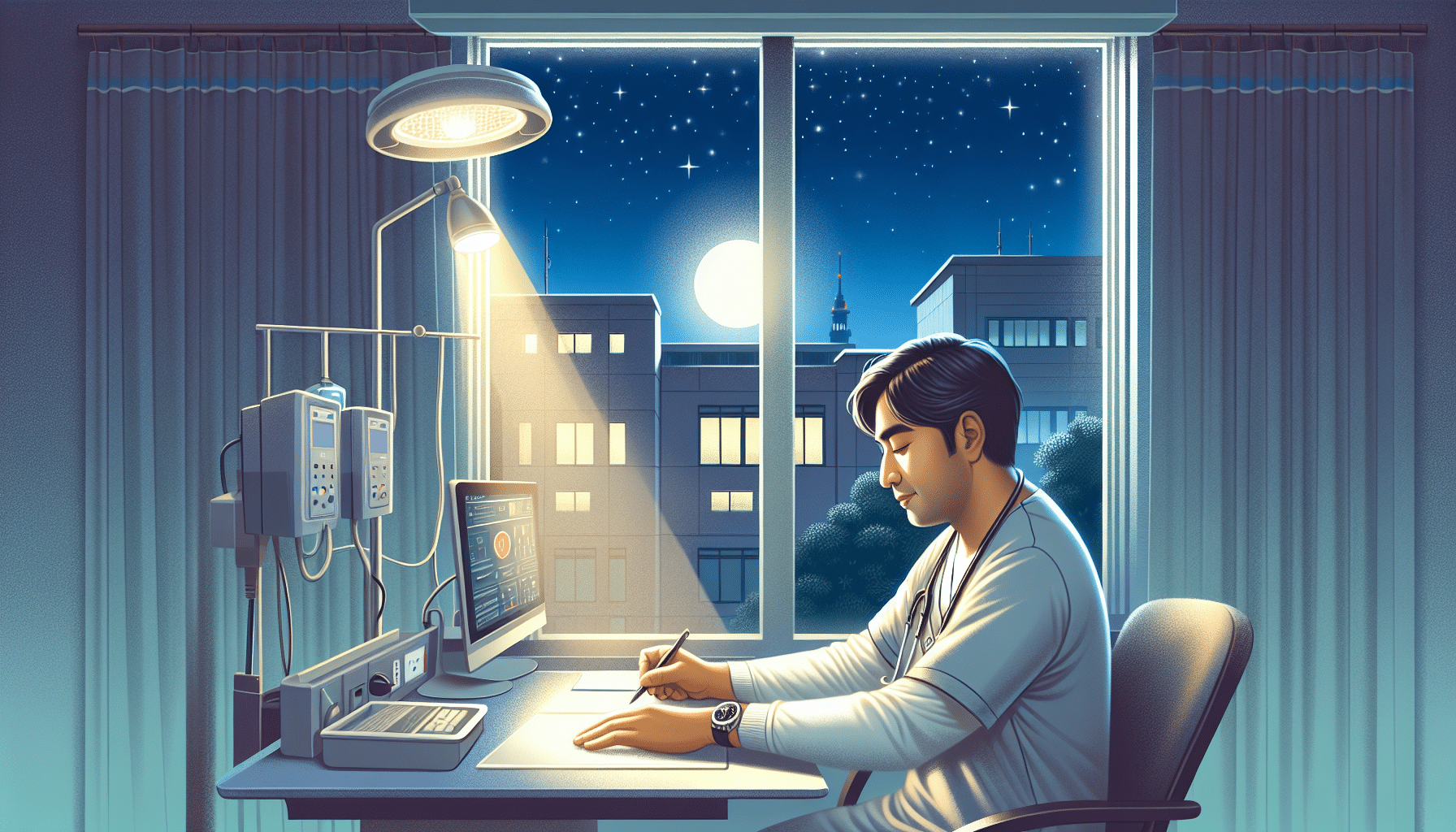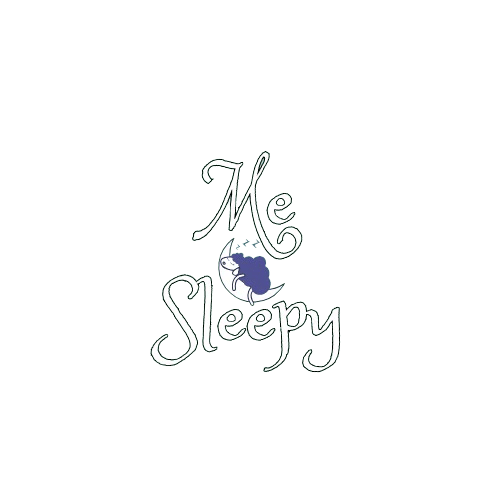Impact of Circadian-Informed Lighting on Insomnia and Night Shift Work
The use of circadian-informed lighting, where artificial lighting is synchronized to the natural biological rhythms or a person’s ‘body-clock’, significantly improves sleep quality and work performance for night shift workers. This was a key finding from a major new trial conducted by Flinders University. The trial is among the first tightly controlled in-laboratory studies to evaluate the effects of circadian lighting on markers of body-clock timing, work-shift cognitive performance, and sleep following an abrupt transition to night shift work.
Circadian-Informed Lighting and Body-Clock Synchronization
Circadian rhythms reflect our body’s internal clocks that control the activity and timing of bodily functions, including our sleep-wake cycle. Shift work causes circadian disruption, for which well-timed light exposure, designed to promote alertness and facilitate circadian adjustment, is one of the most potent methods to help retime the body clock. The Flinders University trial demonstrated that strategic exposure to light accelerated body-clock adjustment and improved alertness and performance, as well as sleep quality after night shifts.
Trial Findings on Sleep and Performance
The results of the trial, published in the Oxford University Press SLEEP journal, showed that circadian-informed lighting significantly enhanced sleep and performance. Over four consecutive simulated night shifts, the circadian-informed lighting shifted participants’ body-clocks around one hour faster per day compared to standard lighting. Participants exposed to circadian-informed lighting achieved almost one hour more sleep and reported lower levels of sleepiness during their shifts. Additionally, the Psychomotor Vigilance Task (PVT) test revealed that participants in circadian-informed lighting conditions made significantly fewer mistakes, highlighting improved alertness and cognitive function.
Circadian Disruption and Insomnia in Shift Workers
Challenges of Shift Work
Shift work disrupts circadian rhythms, leading to impaired mental and physical performance, poorer sleep, and health issues. The disruption to sleep-wake schedules can result in significant challenges for shift workers, including insomnia and decreased job performance. The unique challenges posed by night shifts, particularly the disruption to sleep-wake schedules, can lead to impaired mental and physical performance, poorer sleep, and health issues. Circadian-informed lighting has been shown to promote better job performance and sleep for those working irregular hours.
Prevalence of Shift Work
In Australia, around 15-16% of workers report being shift workers. For both men and women, rotating shifts with varying schedules each week are the most prevalent type of shift work. These rotating shifts pose significant challenges to maintaining a regular sleep-wake cycle. The findings from the Flinders University trial are particularly relevant for shift workers in enclosed environments, such as submarines, where lighting is typically dim. Given the complete lack of normal day-night lighting, shift work on submarines may be particularly challenging for the body clock to adjust to. The study’s findings suggest that strategic lighting interventions can enhance the performance, sleep, safety, and well-being of night shift workers exposed to inadequate light during their work shifts.

Benefits of Circadian-Informed Lighting for Insomnia and Performance
Improved Sleep and Reduced Sleepiness
Participants exposed to circadian-informed lighting achieved nearly one hour more sleep compared to those under standard lighting conditions. They also reported lower levels of sleepiness during their shifts, which is crucial for maintaining alertness and performance in demanding work environments.
Enhanced Cognitive Performance
The Psychomotor Vigilance Task (PVT) test, a behavioral attention measure, showed that participants in circadian-informed lighting conditions made significantly fewer mistakes. Specifically, they made half as many lapses (7.4) compared to those in standard lighting (15.6). This highlights the potential of circadian-informed lighting to improve cognitive function and reduce errors, which is particularly important for safety and efficiency in night shift work.
For more insights on improving sleep and managing insomnia, check out our Insomnia Blog. And if you’re looking for ways to relax and fall asleep, don’t miss our Sleep Sound Playlists.
Sources:https://www.sciencedaily.com/releases/2024/09/240926131727.htm


